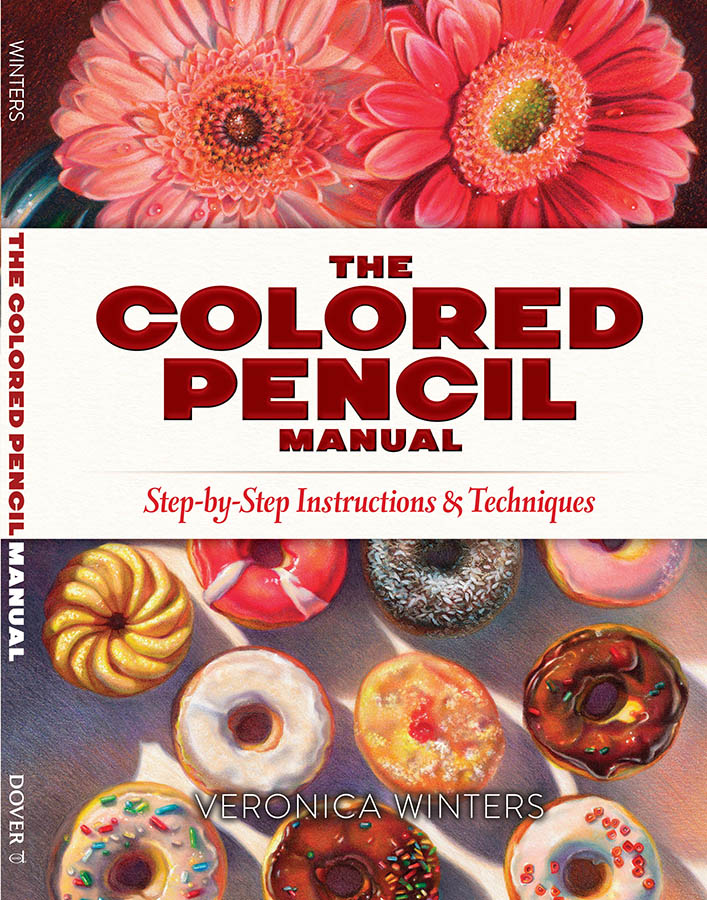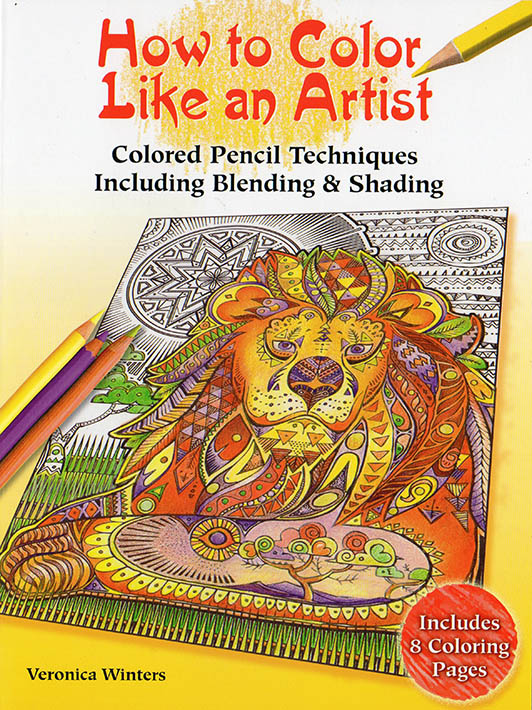Born in Milan, Giuseppe Arcimboldo was a rather mysterious Italian painter who lived from 1526 to 1593. He is known for his optical illusion portrait paintings or composite heads, which are made of a variety of objects such as fruits, vegetables, fish, flowers, books, twigs, and animals arranged to create a human form. His innovative style of portrait painting that looks fresh and contemporary even today, was appreciated by his royal patrons during his lifetime. The artist fell into obscurity after his death until the Dada and surrealism movements re-discovered the artist. Arcimboldo’s portraits were symbolic and allegorical, representing various aspects of nature and political power of the Habsburg’s royalty.
Just like any Italian Renaissance artist Arcimboldo went through years of schooling in a workshop of a master artist first. Artists received training in several related fields that included sculpture, architecture, craft and design, not just painting. He was highly skilled in a variety of painting techniques, including oil painting, fresco, and tempera. After that the artist began his artistic career as a designer of stained glass windows for the cathedral. Arcimboldo was called to Vienna in 1562 by Maximilian to become a court painter for the Habsburg emperors in Vienna and Prague, creating portraits and other paintings for the royal family-Emperor Ferdinand I of Habsburg (1503-1564), then his son Maximilian II (1527-1576) and his son, the Emperor Rudolf II. Besides portrait painting, Arcimboldo also designed elaborate celebrations for the court, including weddings, festivals, pageants and coronations. He created exuberant special effects and made drawings for the Habsburg family. He also painted landscapes, still lifes, and religious scenes there before returning to Milan in 1587.
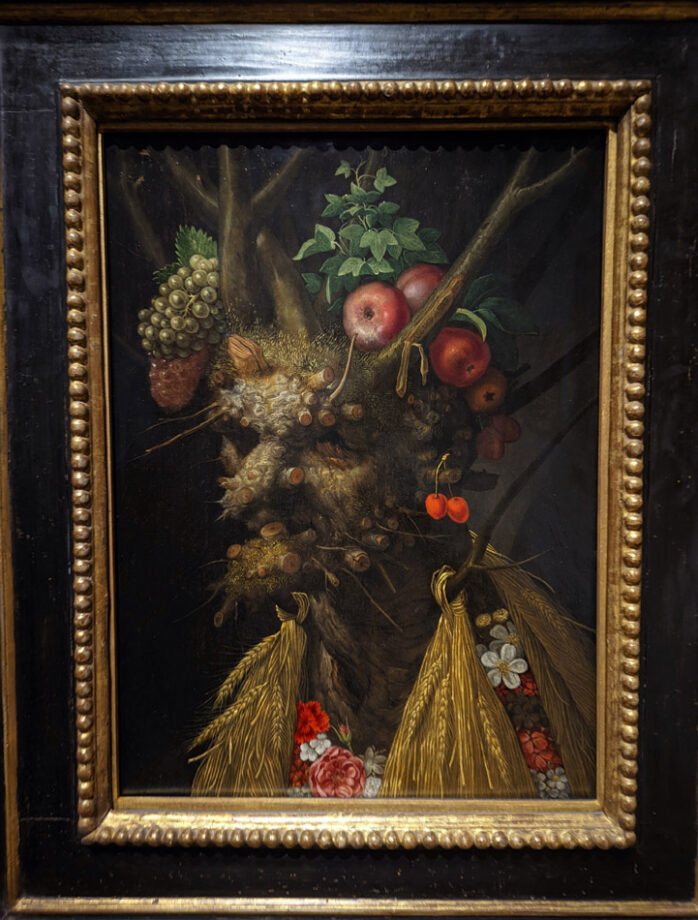
Some of Arcimboldo’s most famous weird paintings are:
Arcimboldo painted several copies of the same idea in his paintings that the emperors gifted to other royalty members and important figures in the European court. That’s why we can see similar paintings in different art museums these days. Arcimboldo painted the Seasons series several times! Some copies were made on canvas rather than on wood, considering easy transportation of art. (Canvas is light while wood panels are much heavier). The Four seasons and The Four Elements are his most famous paintings that were dedicated to Maximillian in 1569.
“The Four Seasons” (a series of four paintings, each representing a season of the year)

The Four Seasons have multiple layers of meaning. The obvious one is the change of seasons but the four paintings may also suggest the four ages of man: childhood, adolescence, maturity and old age as well as everlasting peace and abundance of the Hapsburg’s empire.
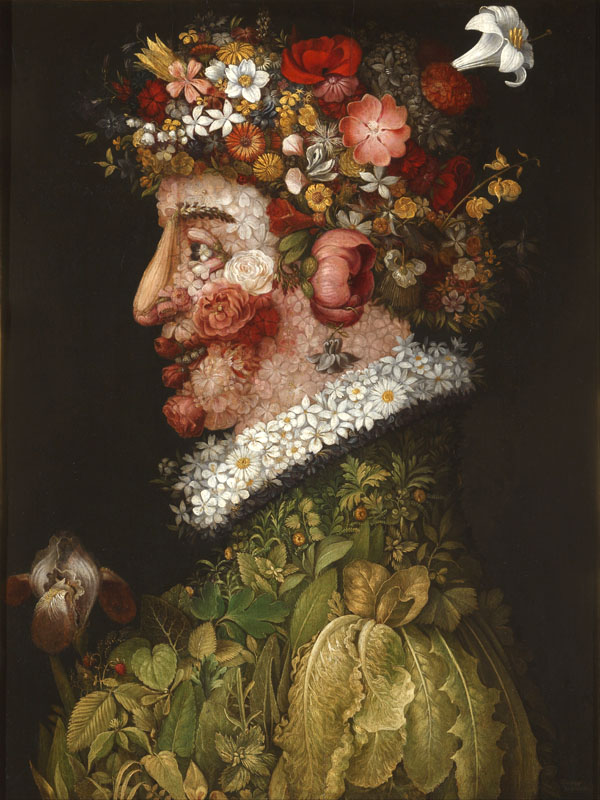
“The Four Elements” (a series of four paintings, each representing an element of nature)
In antiquity, four elements were believed to compose all matter. In Arcimboldo’s art these elements contain additional meaning and symbolism suggesting the political power of the royal family.
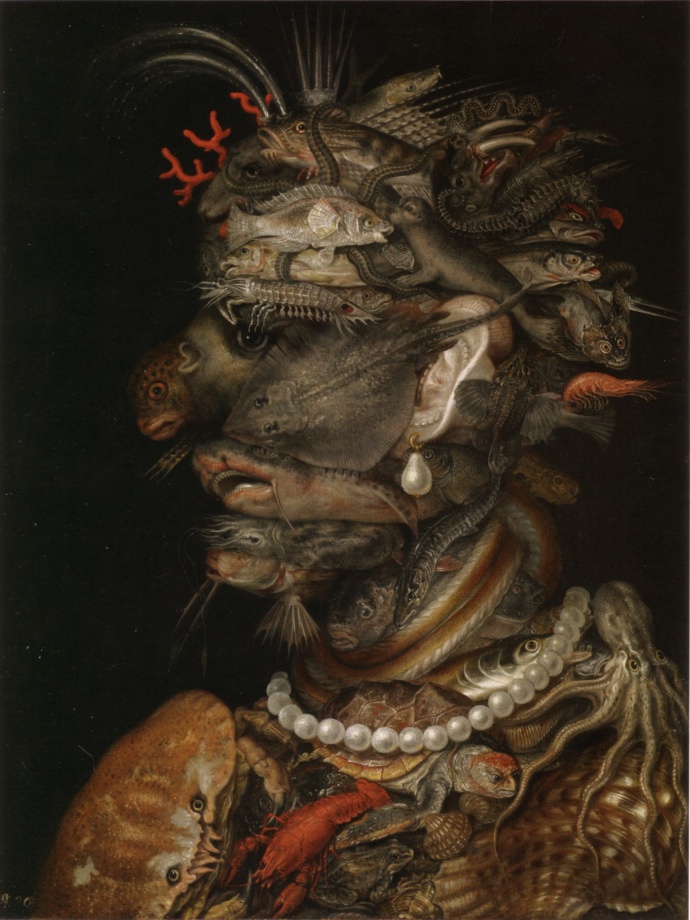
A poem by Giovanni Battista Fonteo offered to the Emperor in 1569, together with a series of Seasons and another on the Elements, gives voice to the allegorical heads, each of which reveals the power of the empire whose power is part of an infinite time, throughout the eternal cycle of the seasons.
the Louvre
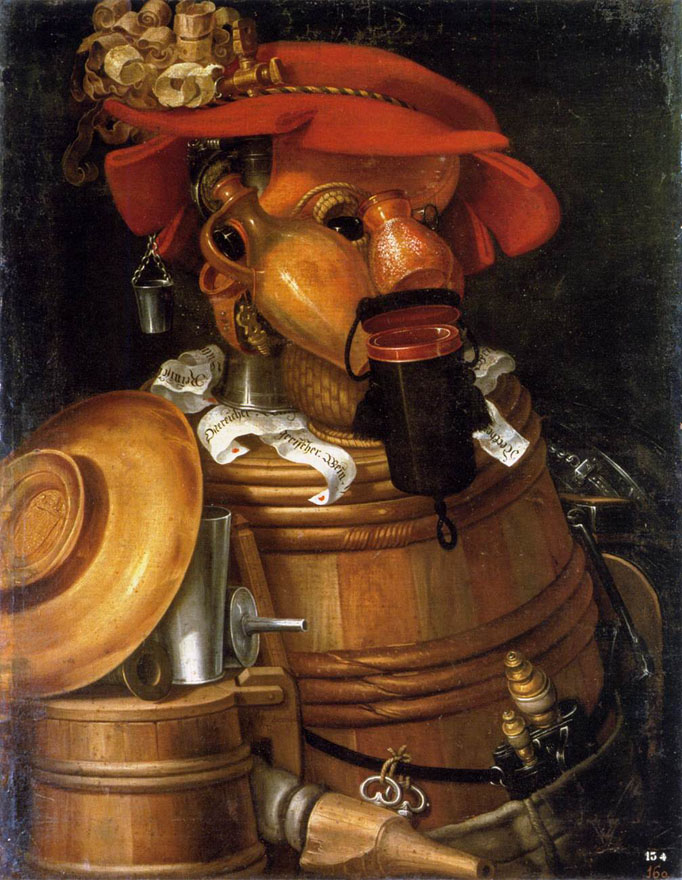
- Other famous paintings include:
“The Librarian”- a portrait of a man composed of books and other library-related objects. - “Vertumnus” – a portrait of the Holy Roman Emperor Rudolf II, depicting him as the Roman god of the seasons and change.
- “The Waiter”- a portrait of a man consisting of barrels and jugs.
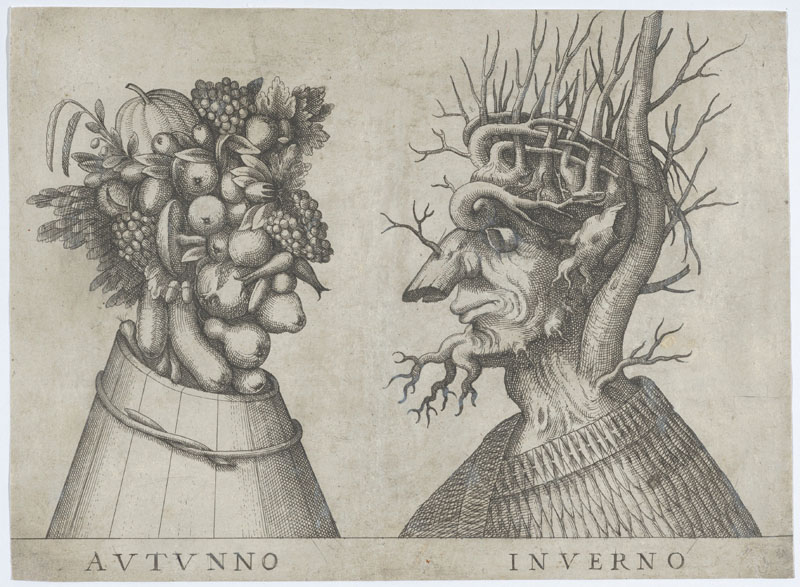
Art style & symbolism
Giuseppe Arcimboldo worked during the Late Renaissance period, and his work is often associated with the Mannerist style, although I think he has little in common with this art style. Mannerism (1520s-1600) was an art style that emphasized the distortion of human figure. It’s known for excessive twisting of poses and highly-detailed but artificial representation of space and figures. Figures were very elongated like they had some extra bones and thus were incorrect anatomically. Of course, it was intentional as artists probably wanted to get away from classical representation of human form. Famous mannerist painters are Parmigianino, Vasari, Bronzino and El Greco. Like other Mannerist painters, Arcimboldo’s work pushed the boundaries of traditional painting techniques and classical conventions but he didn’t paint the elongated figures. His art was a precursor to surrealism being rich in symbolism and illusion, manifesting incredible creativity, wit, and ingenuity.
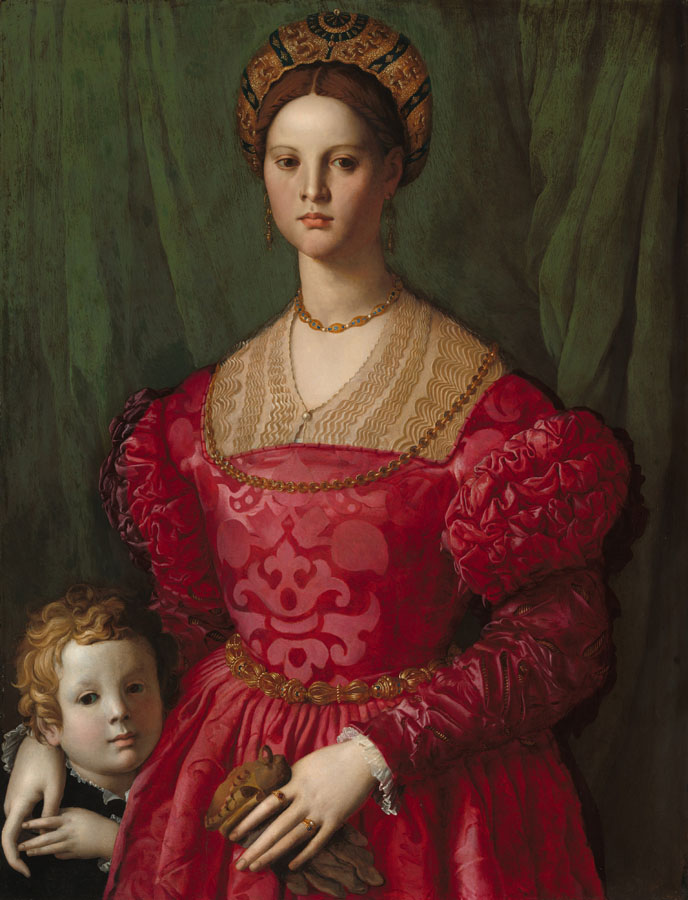
He used objects to create the illusion of a face. Some of Arcimboldo’s inspiration comes from Leonardo da Vinci who worked in Milan in late 1400s. In the da Vinci’s sketches we can find grotesque figures and faces that may have influenced the artist.
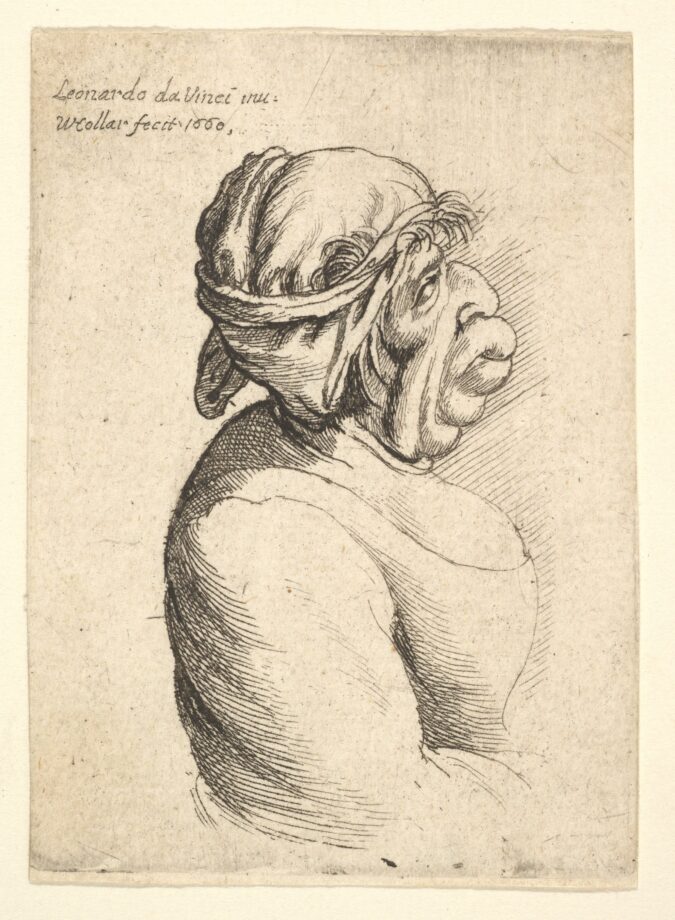
Maximilian’s personal interest included the study of nature as scientists collected specimens studying the natural world. There were numerous objects in the imperial art collection displayed in special chambers. The art collection display included weird metalsmith objects like a nautilus seashell becoming a chicken or a coconut as a drinking cup.
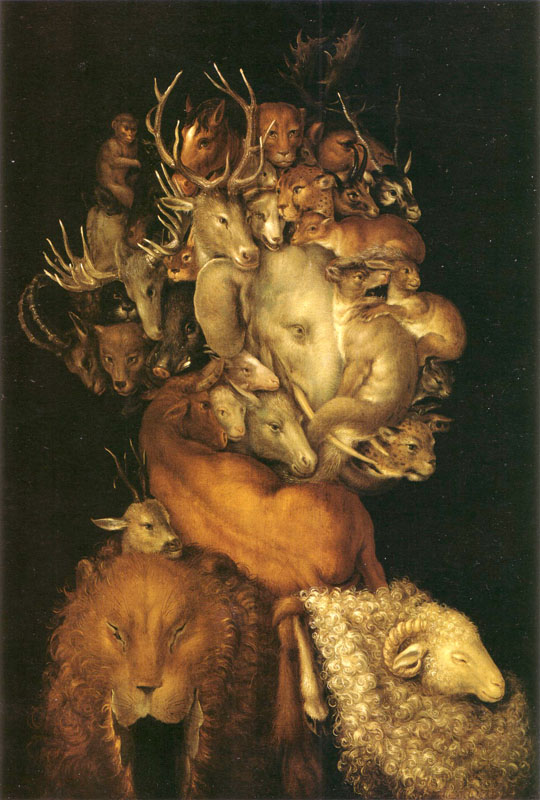
Arcimboldo’s portraits look like puzzles that have allegorical meanings. While Giuseppe Arcimboldo sought to explore the connections between humans and the natural world, the symbolism of ripe fruits and vegetables is quite subtle – it points at the abundant nature of the Empire. The symbolism of his paintings serve as glorification and celebration of the royal court and its power. For example in one of his paintings of four seasons- Fire is a composite portrait of a man made of flames and fire-related objects. Those objects are the fire striker is the Hapsburg’s emblem that forms the nose and ear. The spark probably suggests the power of the royal family. Pendants are the imperial symbols -the golden ram and the double-headed eagle. The Earth has the suggested crown with some imperial emblems including the ram’s skin and the lion’s skin, which suggest the connection to the Golden Fleece and Hercules. Water represents the sea life with many aqua species. Air is made of a flock of colorful birds. As The Four seasons and The Four Elements were dedicated to Maximillian, they celebrated the Habsburg’s empire and reign over the seasons. As seasons cycle and change, the empire remains eternal though all of them.
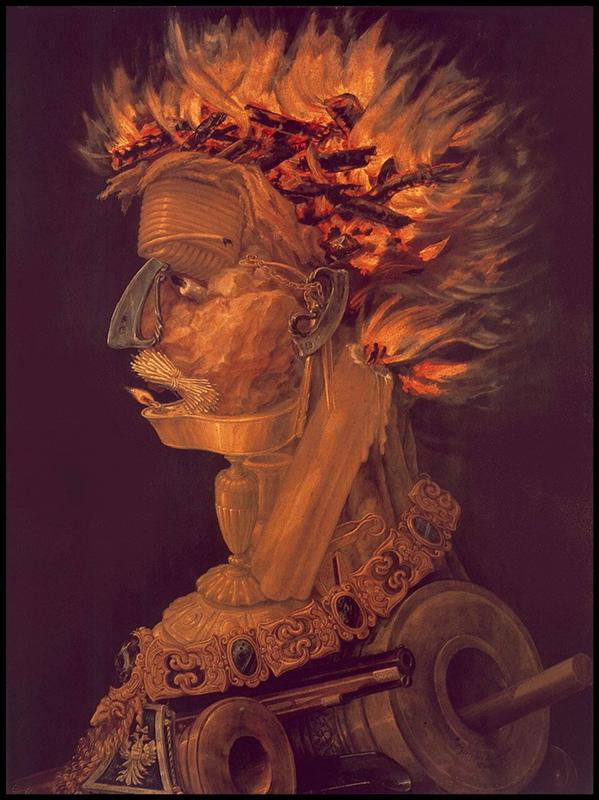
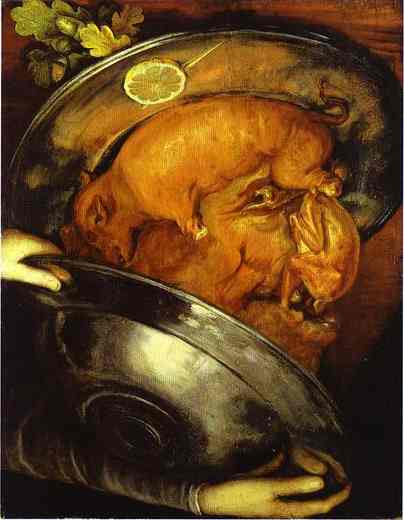
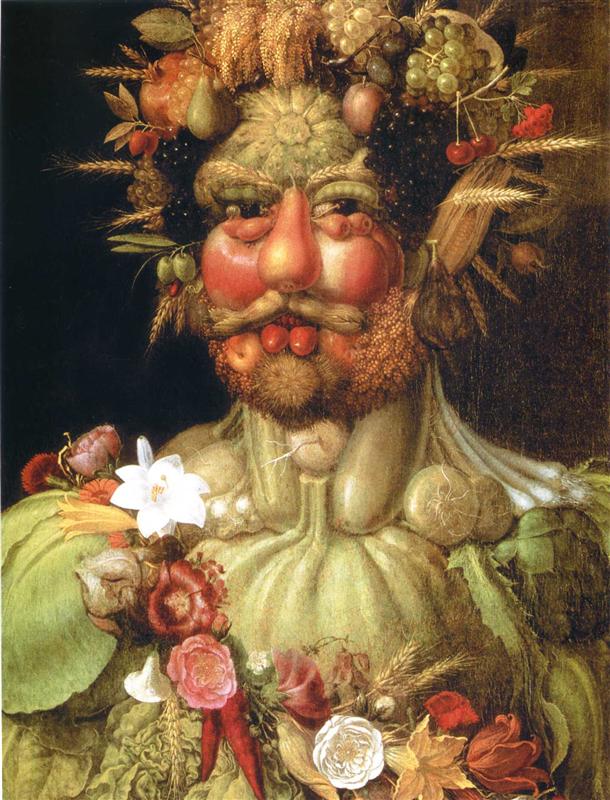
Maximilian’s son -Rudolf II moved the court to Prague. So his art display of objects and art got housed in Prague castle. While the artist returned to Milan, he still painted for the court and created one of his best paintings – “Vertumnus” – a portrait of the Holy Roman Emperor Rudolf II, depicting him as the Roman god of the seasons, nature and change. The symbolism suggests peace, abundance and prosperity of the empire.
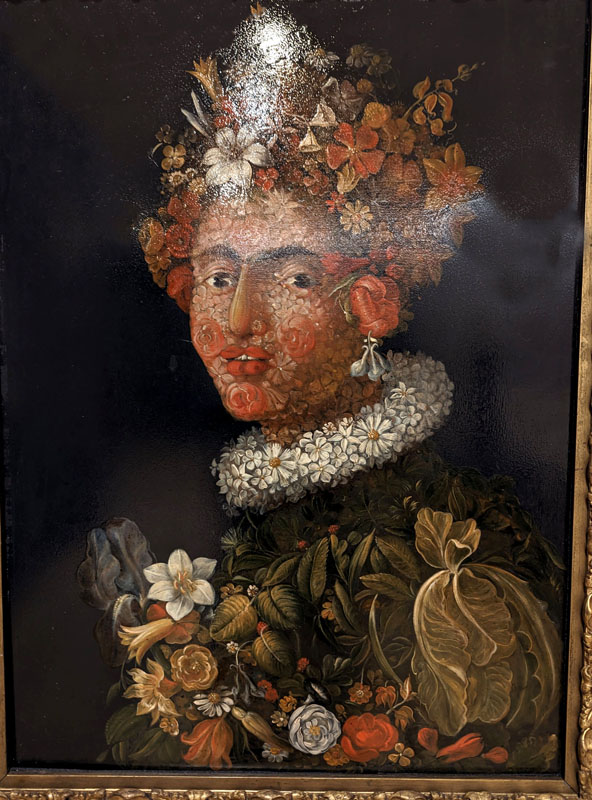
Design and Architecture
Besides painting, Arcimboldo was also known for his skills in design and architecture. He was appointed as court architect and was responsible for designing and overseeing the construction of various buildings, including the castle at Prague and the cathedral at Olomouc in the Czech Republic.
Arcimboldo’s designs include:
The Castle at Prague – Arcimboldo was appointed court architect by Emperor Maximilian II, and one of his first major projects was the redesign of the castle at Prague. He created a number of decorative elements for the castle, including frescoes and stucco work.
The Cathedral at Olomouc – Arcimboldo was also responsible for the design of the cathedral at Olomouc, which is located in the Czech Republic. He created a number of decorative elements for the cathedral, including the intricate stucco work and the sculptural reliefs on the exterior.
The Jesuit College at Vienna – Arcimboldo also designed the Jesuit College at Vienna, which was one of the most important educational institutions in the city at the time. The building featured a number of intricate decorative elements, including frescoes and stucco work.
The New Castle at Prague – Arcimboldo was also involved in the redesign of the New Castle at Prague, which was used as a residence by the Habsburgs. He created a number of decorative elements for the castle, including frescoes and stucco work.
In art collections
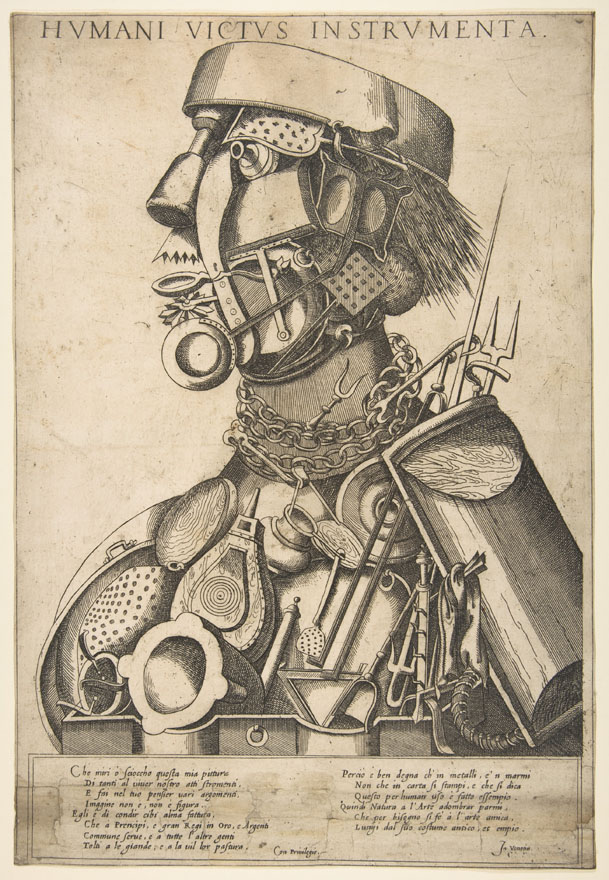
Arcimboldo’s paintings are held in private and public collections around the world. In Italy, his paintings can be found in the Pinacoteca di Brera in Milan. The Kunsthistorisches Museum in Vienna and the Louvre Museum in Paris also hold significant collections of his work. At the Met you can find engravings done in the manner of Arcimboldo’s art. It was common to “copy” and distribute popular paintings via lithography and etchings. Denver Art Museum displays variants of “Summer,” 1572 and “Autumn.” The National Gallery of Art in Washington, D.C. has one painting but many are in private collections today. According to the Smithsonian magazine ( https://www.smithsonianmag.com/arts-culture/arcimboldos-feast-for-the-eyes-74732989/ ) the Kunstkammer was looted during the Thirty Years’ War (1618-48), and a number of Arcimboldo’s paintings were carried off to Sweden. The composite heads disappeared into private collections, and Arcimboldo would remain rather obscure until the 20th century, when painters from Salvador Dali to Pablo Picasso are said to have rediscovered him. He has been hailed as the grandfather of Surrealism.
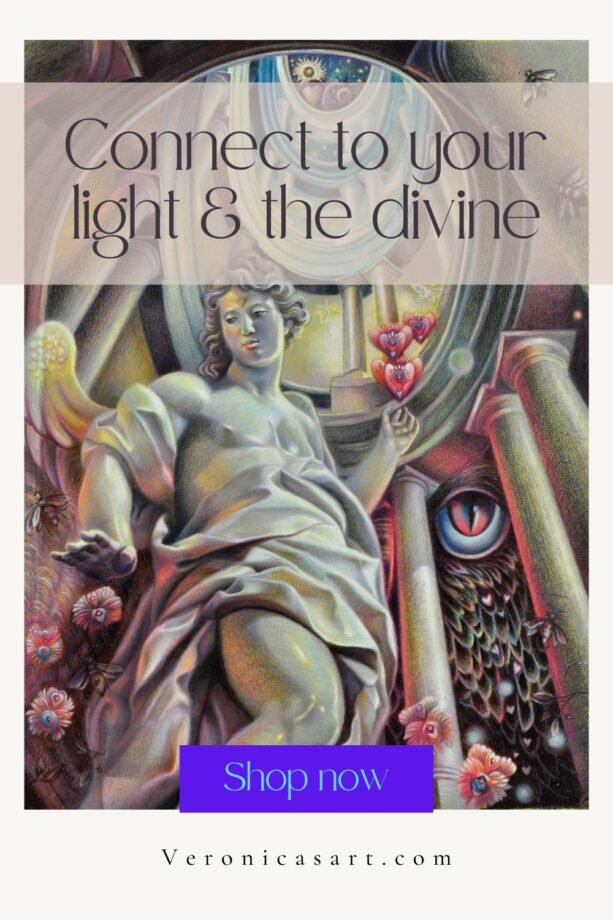
Start shopping now!
References:
Links to works and references are included in text. Other references are: Arcimboldo: Nature and Fantasy, video produced by National Gallery of Art
If you find a mistake in this article, please email me the correction.
